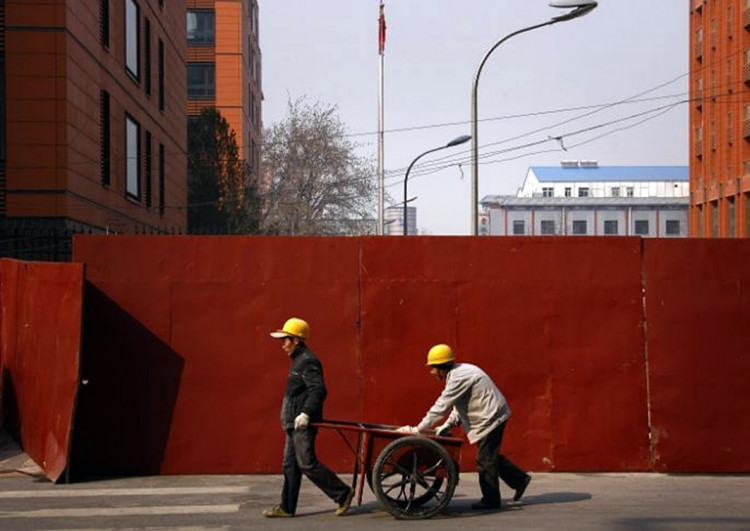Employees worldwide aren't getting the salaries they deserve -- and many are being paid even less -- despite companies making a lot more than ever before due to the excess liquidity in the global financial system.
This scandalous situation that has exacerbated wealth inequality was laid bare by the International Labor Organization's (ILO) in its latest Global Wage Report. This eagerly-awaited study reveals that global wage growth plummeted to its lowest in almost a decade in 2017.
It found that international wages grew by a paltry 1.8 percent in 2017, down from 2.4 percent in 2016, and the slowest rate since the Great Recession of 2008. This 0.6 percent decline in 2017 was based on data from 136 countries.
Surprisingly, the rich G-20 nations saw wage growth fall from 0.9 percent to 0.4 percent between 2016 and 2017. Average wages in advanced G-20 economies only grew by 9 percent during the period.
Emerging and developing G-20 countries also saw wage growth fall, but this time to 4.3 percent from 4.9 percent. Workers in the United Kingdom have the weakest real wage growth among the most advanced nations in the G20, according to the ILO. The UK ranked dead last in a group of nine wealthy nations for its pay performance since 2009.
On the other hand, average wages in emerging and developing G-20 countries almost tripled over the last 20 years in contrast to the 9% growth in G20 countries.
Wage inequality between genders was also a key challenge. This problem was more prominent in low and middle-income economies. ILO said wages were frequently insufficient to cover workers' needs or provide for families in these countries.
ILO Director-General Guy Ryder said wage growth is generally seeing a continuous slowdown. He said it's puzzling that in high-income economies "we see slow wage growth alongside a recovery in GDP growth and falling unemployment -- and early indications suggest that slow wage growth continues in 2018.
He urged countries to explore, with their social partners, ways to achieve socially and economically sustainable wage growth.
Earlier this week, another study suggested wage growth could slow in the U.S. if Trump went ahead with the 25% tariffs on Chinese goods on Jan. 1, 2019. This move will mean American households will wind-up having to spend an extra $2,400 in 2019, and as much as $17,300 by 2030.
Ryder said that what is now widely recognized is that slow wage growth has become an obstacle to achieving sustainable economic growth.






